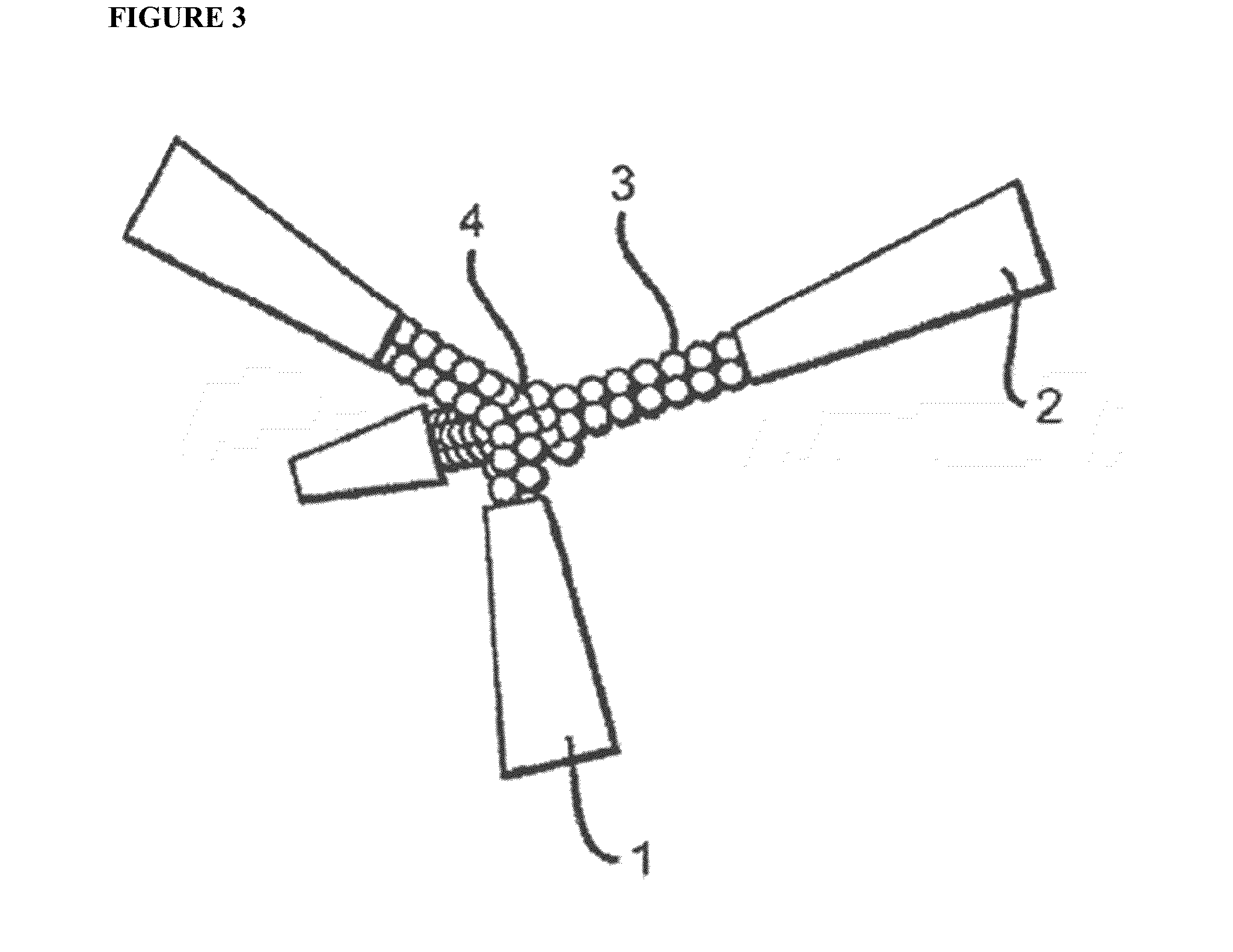Compositions and methods for modulating innate and adaptive immune systems
a technology of immune system and composition, applied in the field of therapeutic peptides, can solve the problems of virus inability to replicate, limiting the long-term, continuous use of these drugs, and requiring a large medical infrastructure for production and treatment, and requiring long-term us
- Summary
- Abstract
- Description
- Claims
- Application Information
AI Technical Summary
Benefits of technology
Problems solved by technology
Method used
Image
Examples
Embodiment Construction
[0069]The present invention is directed to compositions and methods of activating of NK cells and / or CD8+ cytotoxic T lymphocytes.
Peptidic Mimetics of Glycan Ligands of Receptors
[0070]An important component of immune system stimulation by the peptides is activation of NK (natural killer) cells and CTL (cytotoxic T lymphocytes) in addition to activation of phagocytic cells. To this end, peptidic mimetics of the glycan 5-acetyl-neuraminic acid-galactose [Neu5Ac(α2-3)Gal and Neu5Ac(α2-6)Gal] were designed. These glycans bind to NKG2D, an important activating receptor on NK cells, γδ T cells and CD8+ cytotoxic T cells [11,12], and to the family of siglecs (sialic acid-binding Ig-like lectin) receptors that occur on most cells of the immune system [13]. Whereas identified endogenous ligands of NKG2D are several protein-based activating ligands [10], binding of glycans should also activate these cells [14]. Activation of phagocytes occurs by binding of peptides to siglecs or other recepto...
PUM
| Property | Measurement | Unit |
|---|---|---|
| Acidity | aaaaa | aaaaa |
| Cytotoxicity | aaaaa | aaaaa |
Abstract
Description
Claims
Application Information
 Login to View More
Login to View More - R&D
- Intellectual Property
- Life Sciences
- Materials
- Tech Scout
- Unparalleled Data Quality
- Higher Quality Content
- 60% Fewer Hallucinations
Browse by: Latest US Patents, China's latest patents, Technical Efficacy Thesaurus, Application Domain, Technology Topic, Popular Technical Reports.
© 2025 PatSnap. All rights reserved.Legal|Privacy policy|Modern Slavery Act Transparency Statement|Sitemap|About US| Contact US: help@patsnap.com



